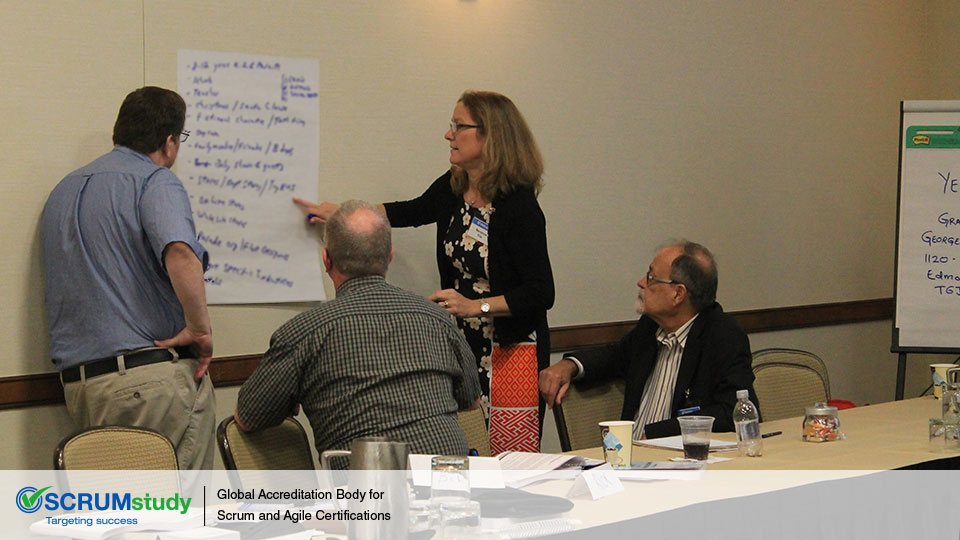A typical Prioritized Product Backlog will contain all User Stories, their time estimates (including any revised estimates), and the status of higher priority requirements. Any new or revised User Stories resulting from changes to business requirements, customer requests, external market conditions, and/or lessons learned from previous Sprints are also incorporated.
Backlog Grooming Session
Other Backlog Grooming Techniques
- Develop Epic(s)
- Create Prioritized Product Backlog
- Conduct Release Planning
- Create User Stories
- Approve, Estimate, and Commit User Stories
- Create Tasks
- Estimate Tasks
Grooming helps ensure that refining of requirements and their User Stories is done well in advance of the Sprint Planning Meeting so that the team has a well-analyzed and clearly defined set of stories that can be easily broken down into tasks and subsequently estimated.
Based on lessons learned from the current Sprint, there may be changes to requirements, or there may be reprioritization that can be easily incorporated into subsequent Sprints. Grooming supports and enhances the flexibility of the Scrum model by incorporating the latest business and technical insights into future Sprints.










